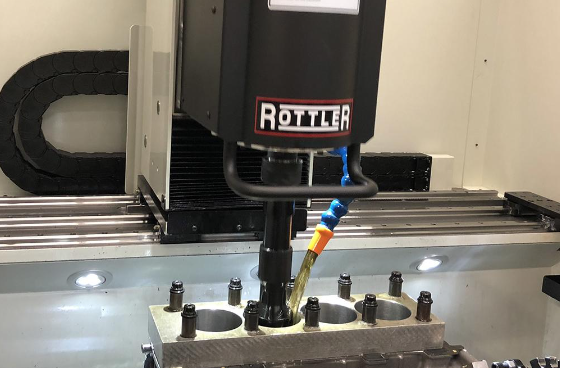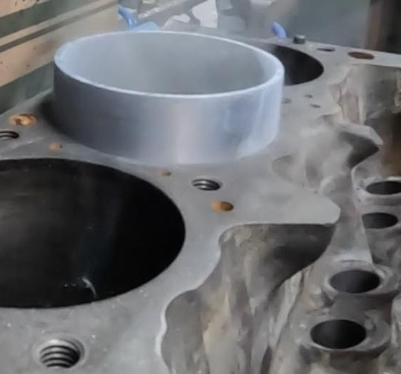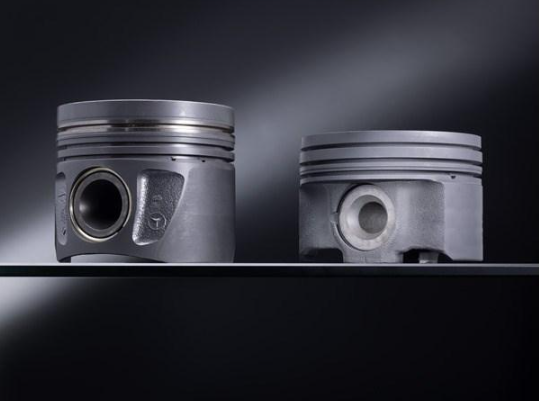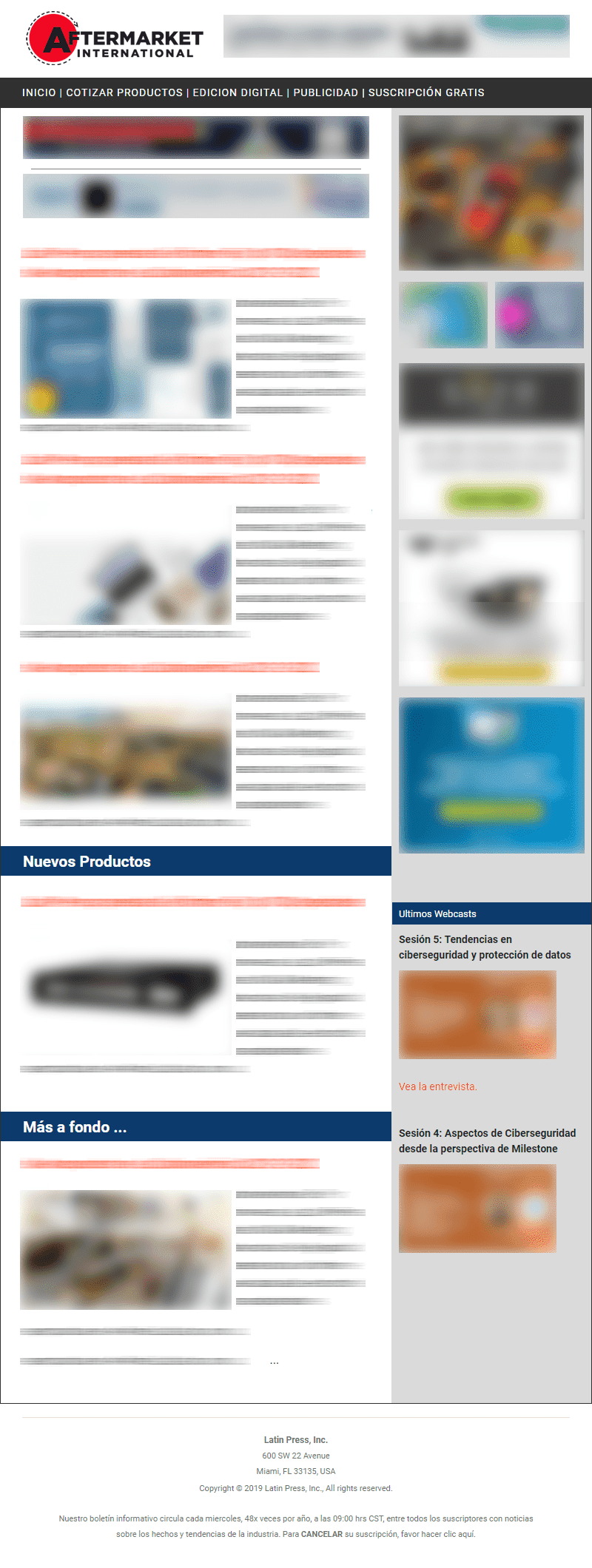This crucial decision in the rebuild of monoblock diesel engines depends on several technical factors.
By Francisco Aristizábal*
In the overhaul processes of today's monoblock diesel engines, a frequently asked question when rebuilding the cylinder and piston assembly is: Do we jacket or machine to use oversized piston? The answer is always to machine oversized pistons as much as possible. However, there are myths and misconceptions surrounding these processes, as well as limited access (such as in Latin American markets) to non-standard pistons.
The use of oversized pistons allows to extend the life of the monoblock while maintaining its structure, avoiding the use of block lifeguards, which as their name indicates, are the final option after having considered the use of pistons in 0.010" (0.25mm), 0.020" (0.50mm) or even 0.040" (1.00mm), without sacrificing or making differences in terms of performance and/or fuel and oil consumption.
However, all OEM procedures and specifications must be complied with to ensure an appropriate refurbished assembly, these include considerations on block and piston materials, piston expansion and others such as the use of the torque plate and a correct cylinder burnishing procedure.
Torque plate
Torque plates have become a fundamental part of cylinder finishing. Manufacturers such as Caterpillar and Cummins, just to mention two, have increased their use as a mandatory procedure included in their service manuals to prevent cylinder distortion and piston recling/clinging. And while they are tools whose part number is included in the portfolio/coverage of most OEMs, these are tools that can be manufactured locally in the shop. It is only necessary to secure ground metal with sufficient thickness (1 1/2' – 2") to allow the location and subsequent tightening of the head screws and the additional use of the gasket.

Burnished
The days of using hand burnishers to recondition cylinders are long gone. Today, modern, automatic and programmable equipment is on the market, with versatility in size and cutting grain, as well as with complete cooling, which is essential in the process. Starting the process by burnishing the block to a preliminary dimension, usually 0.005" less than the desired diameter for the oversized piston is critical. Then perform the final finishing phase in 2 or 3 stages using diamond, silicon carbide and/or plateau to ensure the texture on the surface and the angle recommended by the OEM
And if it is necessary to wear a shirt?
Well, in this case there are more issues to consider, some rescue shirts are offered only by the aftermarket. The material and its compatibility with the block in terms of its expansion and thermal conductivity is basically the most important thing, including the interference adjustment for your installation. Most failures at this stage are due to liners so thin that they "copy" any distortion the block may have and cannot transfer heat properly. Similarly, there can be disastrous consequences if you have the right thickness but installed with the wrong fit, the results are equally bad.

Installation
The interference setting should generally be between 0.0005" – 0.0015", cooling the jackets beforehand and using a matrix to install the jacket smoothly and consistently to the end is recommended, avoiding hitting the jacket. Some manuals approve the use of some fastening substances such as Loctite 620, however, always check with the OEM manual for detailed instructions.
Obviously, all operations (measuring, burnishing, etc.) must be performed with the torque plate installed as previously mentioned. All pistons must be of the same size (standard or oversize) mixing sizes is not recommended, problems of balance and engine performance can be generated.
Pistons
Pistons are among the most stressed components in diesel engines, with operating temperatures of around 2000 C (3600 F) and operating pressures above 200 bar (2900 PSI). Several designs include, among the materials used in its manufacture, aluminum and forged steel. The oil light is the difference between the cylinder diameter and the largest piston diameter. This tolerance should be kept as small as possible, ensuring smooth operation in all engine operating conditions. Due to the difference in thermal expansion, this goal is more difficult to achieve with the combination of aluminum pistons and cast iron blocks. Due to the high injection pressures, steel pistons have been used more frequently, no matter the material, it is important to always check the oil light according to OEM specifications.

The criteria of reusability are another issue to consider, aluminum and steel pistons have different criteria beyond their diameters and the wear of the ring grooves; The condition of the coating on the skirt (mainly steel), belt conditions and pin holes are important as well and have several points of evaluation.
As always, we expect the above to serve as a general guide only, processes, procedures, and other specific operations will depend on each manufacturer and application. Always check the literature and/or other OEM service recommendations, AERA's technical line is always available to resolve any concerns in the matter.
Francisco Aristizábal
Technical Specialist AERA (Automotive Engine Rebuilders Association)
This article was originally published in AERA's Engine Professional magazine. It is published in Aftermarket International with the author's permission.














